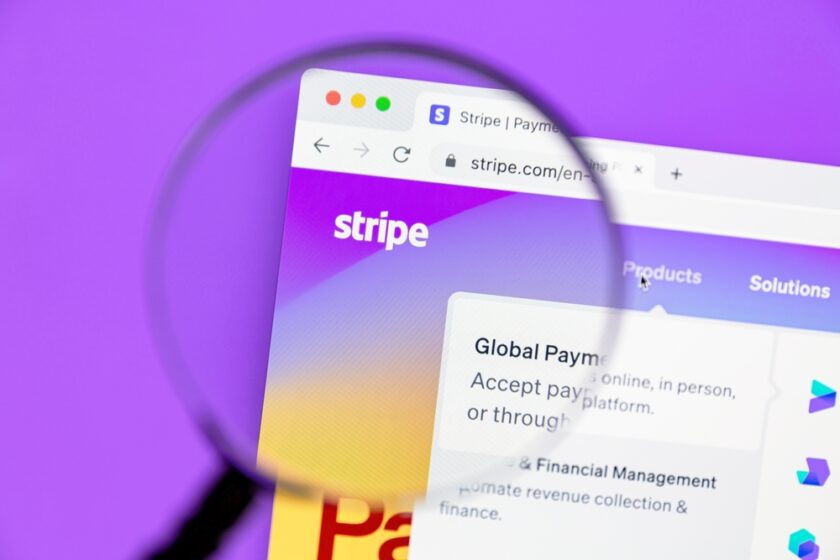Ah, the humble T-shirt. Once the domain of greasers, grunge fans and metalheads, the tee has transcended niche to become the go-to garment for just about everyone. It is populist apparel—even the most serious, most business-y businessman throws on a T-shirt at the end of the workday. Beneath his button-down, Clark Kent wears the Superman suit. Beneath that? A Batman tee, probably. (Everybody loves Batman.)
All this is to say: If you’re not already, you should be selling T-shirts. The market is absolutely gargantuan—in 2013, apparel generated $5.51 billion in distributor sales, more than the next three promotional categories combined—and T-shirts are its bread and butter. So whether you’re just breaking in or trying to step up your sales game, here’s what you need to know about the promotional T-shirt market.
What’s in Style
Want to know what’s new in tees? You’re better off looking to the rack at Macy’s than the runway in Milan. “Consumers are looking for shirts that have the same style, features and benefits of what they are finding at retail,” said Rachel Newman, director of marketing and sales for Hanes Branded Printwear, Winston-Salem, N.C. “That includes lighter-weight fabrics, more fashion-forward styling and interesting fabrications. It also means styles that span both casual and performance—T-shirts that can be worn to work out and then to eat out.”
Hanes has fully embraced this T-shirt-as-all-purpose-attire mindset, adding to its product lineup several styles that blur the lines between weekend-wear and workout-gear. One style, the X-Temp collection, combines fashion-inspired features, like neon-heather colors, with performance traits like moisture-wicking fabric. Another, the nano-T, is made from lightweight fabrics and has a slimmer, contemporary fit that Newman said is popular with millennials and the collegiate market.
But retail style trends come and go, and just when you think they’re gone for good, come back again. Baggy pants, for example—skinny jeans and slim fits all but killed them off, but GQ recently reported that loose-fitting men’s pants are again making the rounds in European fashion.
The baggy look has yet to return to the T-shirt market, where slim profiles still rule, but there are plenty of other changes to watch for. “The biggest change, in my opinion, over the last few years is the weight,” explained Nathan Lucrisia, MBA, marketing director for Atlantic Coast Cotton, Gainesville, Va. “Heavier-weight shirts were desirable in the past, but now people want lighter, softer and better-cut T-shirts. Shirts that are heavy and make your body look like a box are a thing of the past—a more fitted shirt is the present. Tri-blends, ringspun cotton and V-necks are big today.”
And then there is color. While brights and neons have dominated of late, Pantone’s 2015 color of the year (typically a good barometer for fashion industry color trends) is Marsala, described by Pantone as “a naturally robust and earthy wine red.” It’s a departure from prior years—Radiant Orchid, Emerald, Tangerine Tango and Honeysuckle, all brights, were Pantone’s last four colors of the year—signifying a potential shift to warmer, earthier tones.
That doesn’t mean you should go and order 10,000 rustic-burnt-mahogany-colored T-shirts for your reserves just yet—Lucrisia expected Marsala’s market impact to be limited, for now. But it does mean you should keep an eye on color trends and react accordingly. “With color, we focus on macro trends that we see impacting the broader consumer marketplace,” said Newman. “In addition to core colors, vintage colors and neons continue to be strong palates across retail.”
How to Succeed
Success in T-shirt sales hinges on how well you can keep up with these trend shifts. Remember that $5.51 billion figure we mentioned before? It’s a double-edged sword. Yes, the market is huge, but that means there’s lots of competition. If you’re focused only on selling the stuff that was popular last year while your competitors have moved on to the newest styles, you could lose out on sales. “Styles, colors and fabrics in the decorated apparel industry are constantly changing,” Newman said. “Customers are looking to promotional product distributors to help them choose the best product for their specific need. To do that, [distributors] need to stay current with what’s being offered.”
“A big tip is to know and understand your market,” added Lucrisia. “If you personally like a beefy tee but your market likes lightweight, thin V-neck T-shirts, then sell to your market and don’t force a product that is not in demand in your market.”
Newman agreed. “Understanding what defines success for your customer is first and foremost,” she said. “Whether that is style, color, gender-specific sizing, quality, comfort, rapid replenishment—what factors are driving their decision? You have to provide value to your customer. Present products that truly fit their needs and services that set you apart. Increase your value.”



